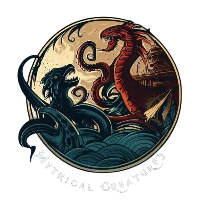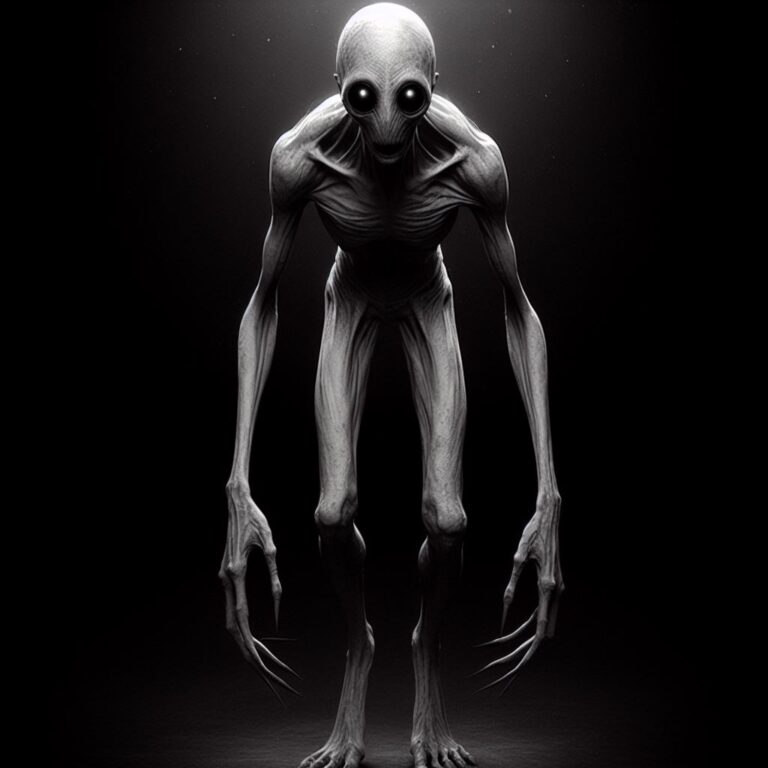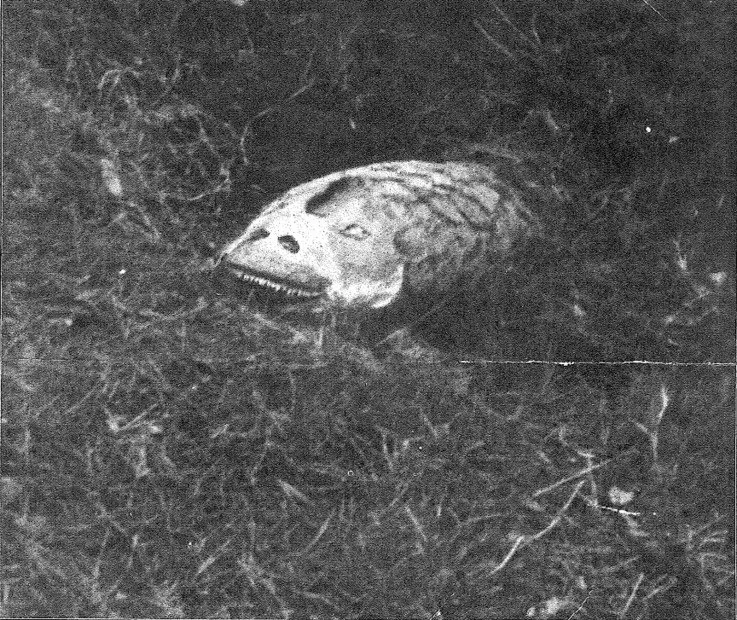
image credit: Photographer Balkin took this photo in 1934
The Tatzelwurm, a name derived from the German words “Tatze” (paw) and “Wurm” (worm), is a legendary cryptid – a creature whose existence has been suggested but remains unproven. This serpentine creature has captured the imagination of many, with numerous sightings and encounters reported throughout history, predominantly in the Alpine regions of Europe.
The origins of the Tatzelwurm legend can be traced back to medieval folklore and Alpine folklore tales, where it was often depicted as a fearsome and formidable beast. The creature’s cultural significance and symbolism have made it an enduring part of the region’s mythology and superstitions, contributing to its enduring fascination and appeal.
ads content
Tatzelwurm Description and Characteristics

Physical appearance is one of the key defining features of the Tatzelwurm. According to descriptions, it resembles a serpent or lizard, with a long, slender body and a cat-like head adorned with horns or antlers. Its size is said to vary, with some accounts describing it as several feet long, while others claim it can grow to substantial lengths, rivaling that of a large snake.
Behavioral traits attributed to the Tatzelwurm are equally diverse. While some legends depict it as an aggressive and ferocious predator, capable of attacking livestock and even humans, others portray it as a relatively docile creature that prefers to avoid confrontation. Its reported habitat ranges from deep forests and mountainous regions to subterranean lairs.
The Tatzelwurm is also said to possess legendary abilities and powers, such as the ability to breathe fire, spit venom, or even turn itself invisible – traits that further fuel the mystique surrounding this zoological mystery.
Tatzelwurm Sightings and Encounters
Numerous sightings and encounters with the Tatzelwurm have been documented throughout history, dating back to the Middle Ages. Some of the most notable historical accounts include:
- In 1776, a group of Swiss farmers claimed to have encountered a Tatzelwurm while working in a field, describing it as a long, snake-like creature with a cat-like head and legs.
- In the early 19th century, several reports emerged from the Bavarian Alps of a “dragon-like” creature that matched the description of a Tatzelwurm.
While these historical accounts lend credence to the creature’s existence, modern-day sightings and reports have been met with skepticism and disputed evidence. Some attribute these sightings to misidentified animals or hoaxes, while others remain open to the possibility of an undiscovered species.
Various theories and possible explanations have been put forth to explain the Tatzelwurm phenomenon, ranging from undocumented species of large lizards or snakes to optical illusions or even cryptozoological creatures.
Tatzelwurm photo 1934
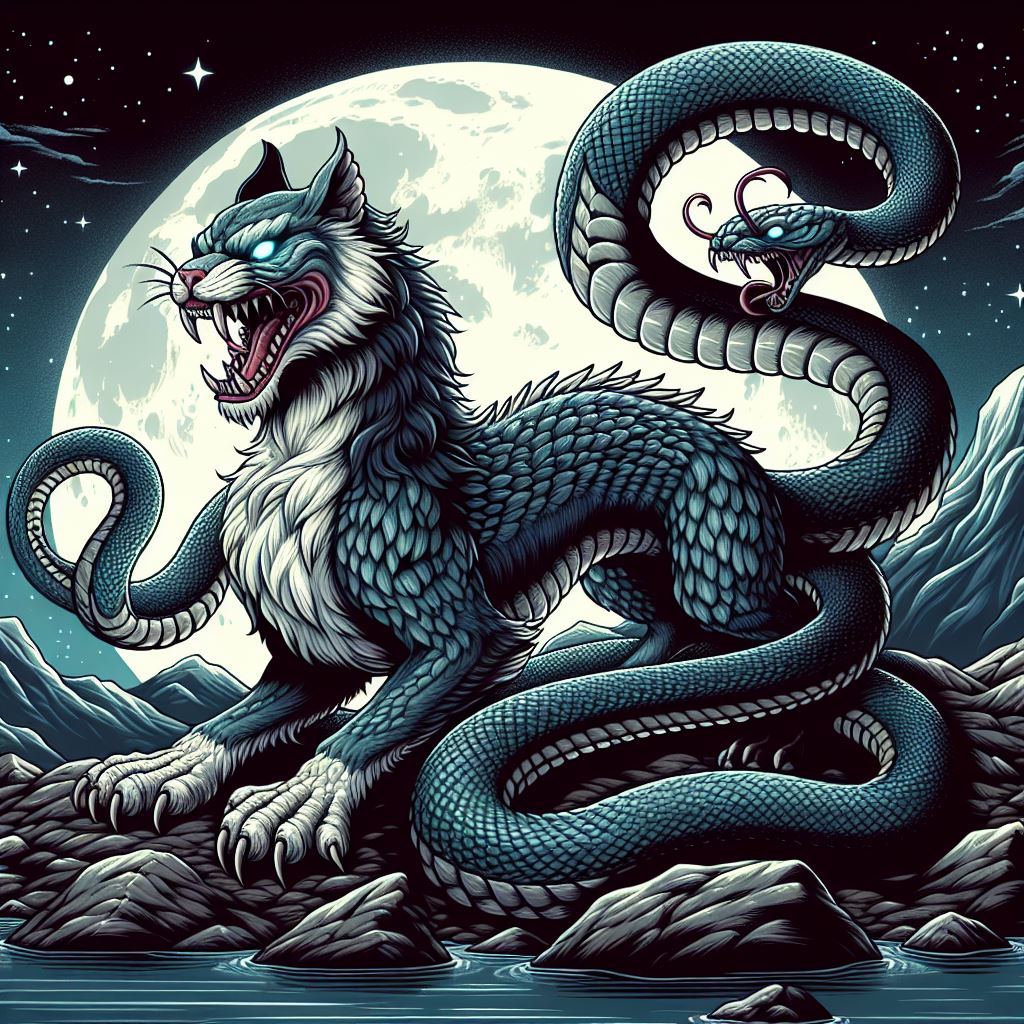
One of the most widely discussed pieces of alleged evidence surrounding the Tatzelwurm is a photograph taken in 1934 in the Hohen Tauern mountain range of Austria. The grainy black-and-white image appears to show a long, serpentine creature with a cat-like head and distinct limbs, matching the description of a Tatzelwurm.
The photo was reportedly taken by a German vacationer named Olga Nocker, who claimed to have encountered the creature while hiking in the mountains. According to her account, the Tatzelwurm was basking on a rock when she managed to quickly snap a photograph before it slithered away.
The image caused a sensation when it was first published, with some hailing it as proof of the Tatzelwurm’s existence, while others dismissed it as a hoax or a misidentified animal. Cryptozoologists and researchers have extensively analyzed the photograph, with opinions remaining divided:
- Proponents argue that the creature’s distinct features, including its elongated body, feline head, and apparent limbs, are consistent with Tatzelwurm descriptions and unlike any known animal.
- Skeptics contend that the image is too blurry and low-quality to draw definitive conclusions, and that the creature could be a distorted or composite depiction of a more common animal.
Despite the ongoing debate, the 1934 Tatzelwurm photo remains one of the most famous and controversial pieces of potential evidence related to this legendary Alpine cryptid. Its existence continues to fuel speculation and discussions within the cryptozoological community and among those fascinated by the mysteries surrounding the Tatzelwurm.
Tatzelwurm in Popular Culture
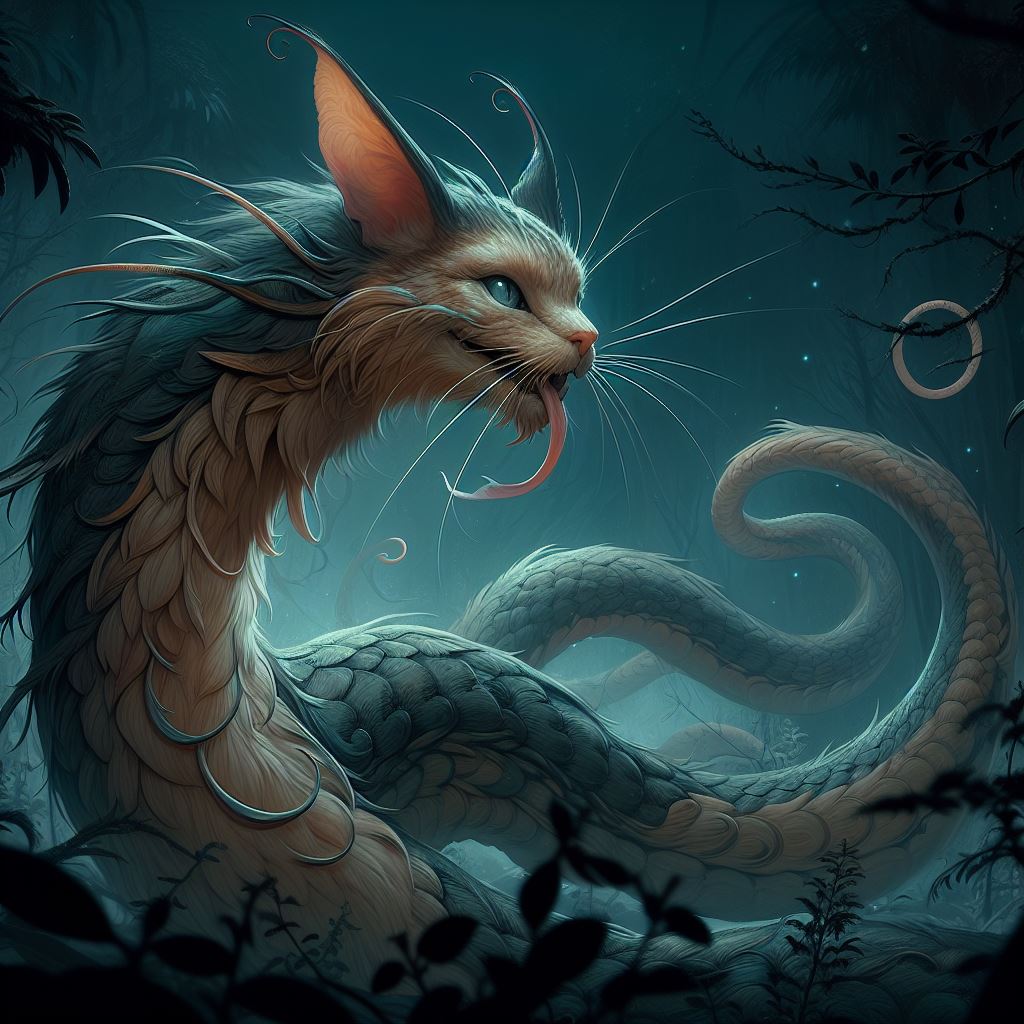
The Tatzelwurm’s presence extends beyond folklore and mythology, as it has found its way into various aspects of popular culture. Literary works, such as the novels of Austrian author Gustav Meyrink, have featured the creature, contributing to its enduring legacy.
Tatzelwurm God Of War
One of the most notable appearances of the Tatzelwurm in recent times is in the popular action-adventure video game series “God of War”. In the game, the Tatzelwurm is depicted as a formidable and dangerous enemy that the protagonist, Kratos, must battle. Its inclusion in the game’s storyline and depiction as a fierce and challenging foe has undoubtedly introduced the Tatzelwurm to a new generation of fans and sparked renewed interest in this mythical creature.
Cryptozoological Significance
The Tatzelwurm’s status as an unverified cryptid has made it a subject of interest within the field of cryptozoology, which is the study of hidden or undiscovered animals. While some researchers dismiss the Tatzelwurm as mere folklore, others believe that further investigation and scientific study could potentially uncover evidence of its existence or shed light on its origins.
The Tatzelwurm’s relation to other cryptids, such as the Loch Ness Monster or the Chupacabra, has also fueled speculation and debate within the cryptozoological community. Some theorize that these creatures may share common ancestral roots or represent different manifestations of the same phenomenon.
If proven to exist, the discovery of the Tatzelwurm could have a significant impact on the field of zoology, potentially revealing a previously unknown species or even an entirely new branch of the animal kingdom.
Tatzelwurm Legends and Beliefs
The Tatzelwurm’s deep roots in folklore and mythology have given rise to a wealth of legends and beliefs surrounding the creature. While the specific details and interpretations may vary across different cultural and regional traditions, the Tatzelwurm often carries symbolic and spiritual meanings.
In some belief systems, the Tatzelwurm is seen as a guardian of nature and the wilderness, representing the untamed and unpredictable forces of the natural world. In others, it is viewed as a harbinger of misfortune or a manifestation of evil spirits.
Despite the diversity of interpretations, the Tatzelwurm’s presence in these legends and beliefs underscores its importance as a cultural icon and a reflection of the deep-seated human fascination with the unknown and the extraordinary.
FAQs
What is a Tatzelwurm?
A Tatzelwurm is a legendary cryptid creature from Germanic folklore and mythology, described as a serpentine or worm-like creature with cat-like features, such as a feline head or legs. The name “Tatzelwurm” is derived from the German words “Tatze” (paw) and “Wurm” (worm), reflecting its hybrid appearance.
Is the Tatzelwurm a dragon?
While the Tatzelwurm shares some draconic characteristics, such as its reported ability to breathe fire or spit venom, it is not traditionally considered a true dragon. Dragons are typically depicted as winged, reptilian creatures, whereas the Tatzelwurm is more serpentine or worm-like in form, with feline features.
Where do Tatzelwurms live?
According to folklore and reported sightings, Tatzelwurms are believed to inhabit the Alpine regions of Europe, particularly in Switzerland, Germany, and Austria. Their alleged habitats range from deep forests and mountainous areas to subterranean lairs or caves.
What is the mythical cat snake hybrid?
The Tatzelwurm is often referred to as a “mythical cat snake hybrid” due to its unique physical description, which blends the features of a snake or worm-like creature with those of a feline. This hybrid appearance, combining the elongated body of a serpent with the head and limbs of a cat, is a defining characteristic that sets the Tatzelwurm apart from other legendary creatures.
Is the Tatzelwurm real or a myth?
The existence of the Tatzelwurm remains unproven, and it is widely regarded as a mythical creature or cryptid. While numerous sightings and accounts have been documented, substantial evidence to confirm its existence has yet to be found. However, some cryptozoologists and enthusiasts remain open to the possibility of an undiscovered species or phenomena that could explain the Tatzelwurm legends.
Where have Tatzelwurm sightings been reported?
The majority of Tatzelwurm sightings have been reported in the Alpine regions of Europe, particularly in Switzerland, Germany, and Austria. These areas have a rich history of folklore and mythology, making them prime locations for such legendary creatures to thrive in the popular imagination.
What do Tatzelwurm legends symbolize or represent?
The Tatzelwurm legends often symbolize the mysteries and untamed forces of nature. In some interpretations, the creature represents the fear of the unknown or the dangers lurking in the wilderness. In others, it is seen as a guardian or protector of the natural world, embodying the power and resilience of the earth.
How is the Tatzelwurm portrayed in popular culture?
The Tatzelwurm has made appearances in various forms of popular culture, including literature, art, and more recently, video games. One notable example is its depiction in the “God of War” video game series, where it is portrayed as a fearsome and formidable enemy that the protagonist must battle.
